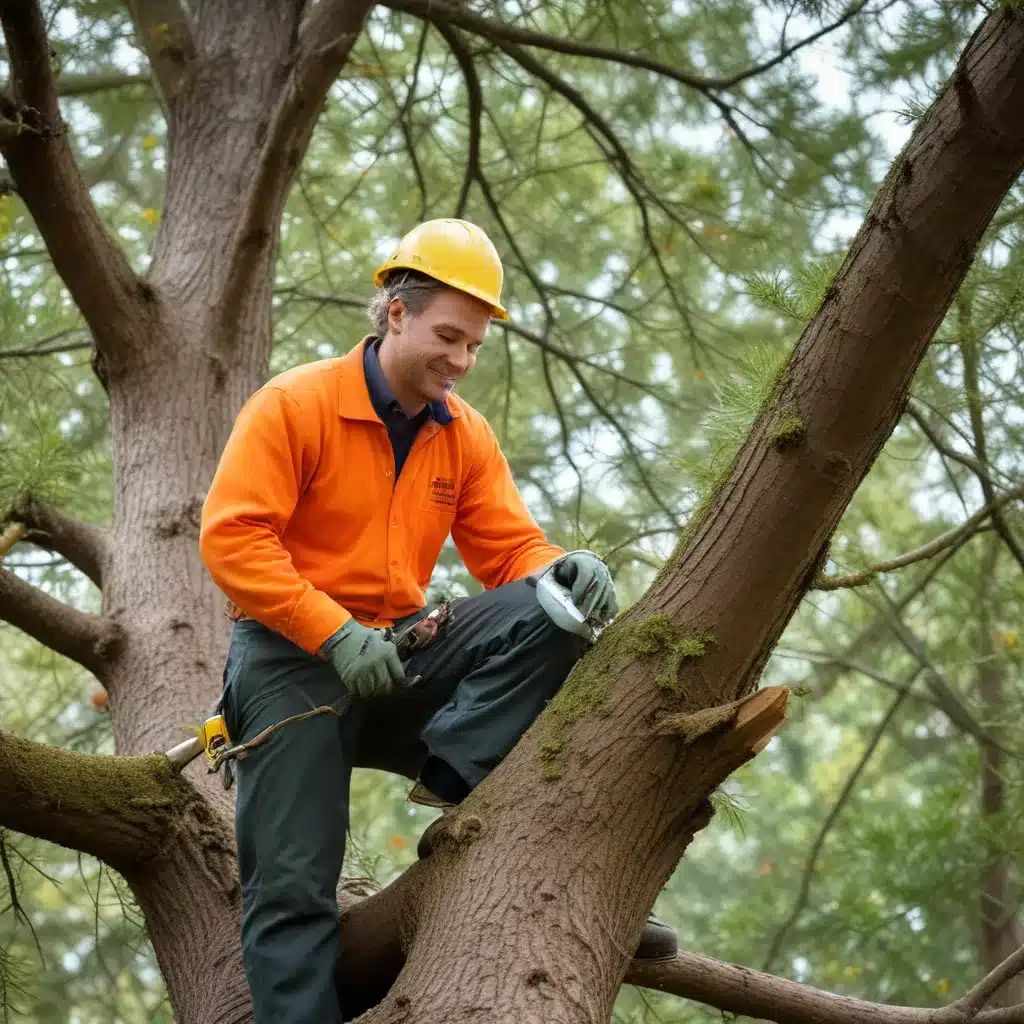
Maintaining the health and longevity of trees requires a multifaceted, holistic approach that considers the intricate interplay between biological, environmental, and cultural factors. As a TriCounty Tree Care specialist, I will delve into the nuances of this domain, offering deep insights into the science-backed techniques and strategies that enable optimal, sustainable tree care.
Holistic Approach to Tree Care
At the core of effective tree maintenance lies an integrated pest and disease management framework. This entails vigilant monitoring for early signs of biotic (e.g., insects, fungi) and abiotic (e.g., drought, frost) stressors, coupled with the judicious application of environmentally responsible treatments. Proactive measures to enhance soil health and optimize nutrient availability are equally crucial, as these foundational elements directly impact a tree’s resilience and capacity for vigorous growth.
Equally important are the climatic and environmental conditions that shape a tree’s development and long-term viability. Accounting for factors such as precipitation patterns, temperature extremes, and air quality is essential for tailoring care strategies to the unique needs of each species and planting site. By adopting a holistic perspective, arborists can devise comprehensive management plans that safeguard the overall well-being of the tree, rather than merely addressing isolated symptoms.
Arboricultural Techniques for Optimal Results
At the heart of any successful tree maintenance program lie the pruning and trimming practices employed. Skilled arborists must meticulously assess the tree’s structure, growth patterns, and specific needs to determine the optimal timing, technique, and extent of pruning interventions. This delicate balance ensures the preservation of the tree’s natural form and structural integrity, while also promoting enhanced light penetration, air flow, and overall vigor.
Equally vital are the considerations surrounding tree planting and transplanting. From the selection of suitable species and appropriate planting depths to the implementation of root management strategies and post-transplant care, each step must be executed with precision to minimize transplant shock and ensure the long-term success of the specimen. Complementing these fundamental techniques is the practice of advanced tree monitoring and assessment, which leverages the latest diagnostic tools and data-driven insights to identify potential issues and guide proactive interventions.
Sustainable Tree Management for Long-Term Viability
Responsible tree care extends beyond the individual tree, encompassing the broader ecosystem and its delicate balance. By promoting biodiversity and wildlife integration, arborists can foster a thriving, interconnected environment that supports the overall health and resilience of the tree population. Furthermore, the role of trees in carbon sequestration and emissions reduction cannot be overstated, underscoring the importance of sustainable management practices that minimize the industry’s environmental impact.
Equally crucial is the consideration of water conservation and runoff mitigation. Through the strategic placement of trees, the implementation of water-efficient irrigation techniques, and the utilization of permeable surfaces, arborists can contribute to the responsible stewardship of this precious resource while also mitigating the risks of flooding and soil erosion.
In an era of climate change, the need for adaptive management and community engagement has become paramount. Arborists must stay abreast of the evolving environmental challenges and be prepared to adjust their practices accordingly, leveraging the latest research-backed strategies to ensure the long-term viability of the tree population. Equally important is the fostering of collaborative partnerships with stakeholders, policymakers, and the broader community, as this facilitates the sharing of knowledge, the alignment of goals, and the implementation of holistic, sustainable solutions.
Maximizing Tree Benefits for Urban and Rural Settings
The ecosystem services provided by trees are invaluable, transcending the boundaries of urban and rural landscapes. In urban environments, trees play a pivotal role in improving air quality, mitigating the urban heat island effect, and managing stormwater runoff, all of which contribute to the enhancement of livability and public health.
However, the integration of trees into the urban fabric requires a delicate balance between aesthetics and function. Arborists must carefully consider the landscape design objectives, the tree species selection, and the maintenance scheduling to ensure that the trees not only fulfill their ecological roles but also seamlessly complement the visual character of the built environment. In rural settings, the emphasis may shift towards optimizing agricultural productivity, enhancing wildlife habitats, and preserving the natural heritage, all of which necessitate a tailored approach to tree management.
Emerging Trends and Technologies in Arboriculture
The field of arboriculture is constantly evolving, with the advent of digital tools and data-driven insights revolutionizing the way tree care is approached. Remote sensing technologies, geographic information systems (GIS), and artificial intelligence (AI) -powered tree health monitoring platforms have ushered in a new era of precision tree care, enabling arborists to make informed, proactive decisions based on comprehensive, real-time data.
Alongside these technological advancements, innovative maintenance approaches are emerging, from the integration of automation and robotics to the adoption of sustainable material and equipment usage. These developments not only enhance the efficiency and precision of tree care but also contribute to the minimization of the industry’s environmental footprint. As arborists continue to embrace these cutting-edge tools and techniques, they can leverage the latest research-backed best practices to optimize the health, longevity, and ecosystem benefits of the trees under their stewardship.
By embracing a holistic, sustainable, and technology-driven approach to tree care, TriCounty Tree Care is poised to deliver optimal, long-term results for our clients, while also contributing to the ecological well-being of the communities we serve. Through our integrated pest management, soil health optimization, pruning and planting expertise, and adaptive management strategies, we strive to nurture thriving, resilient tree populations that enhance the aesthetic appeal, environmental resilience, and quality of life for all.


